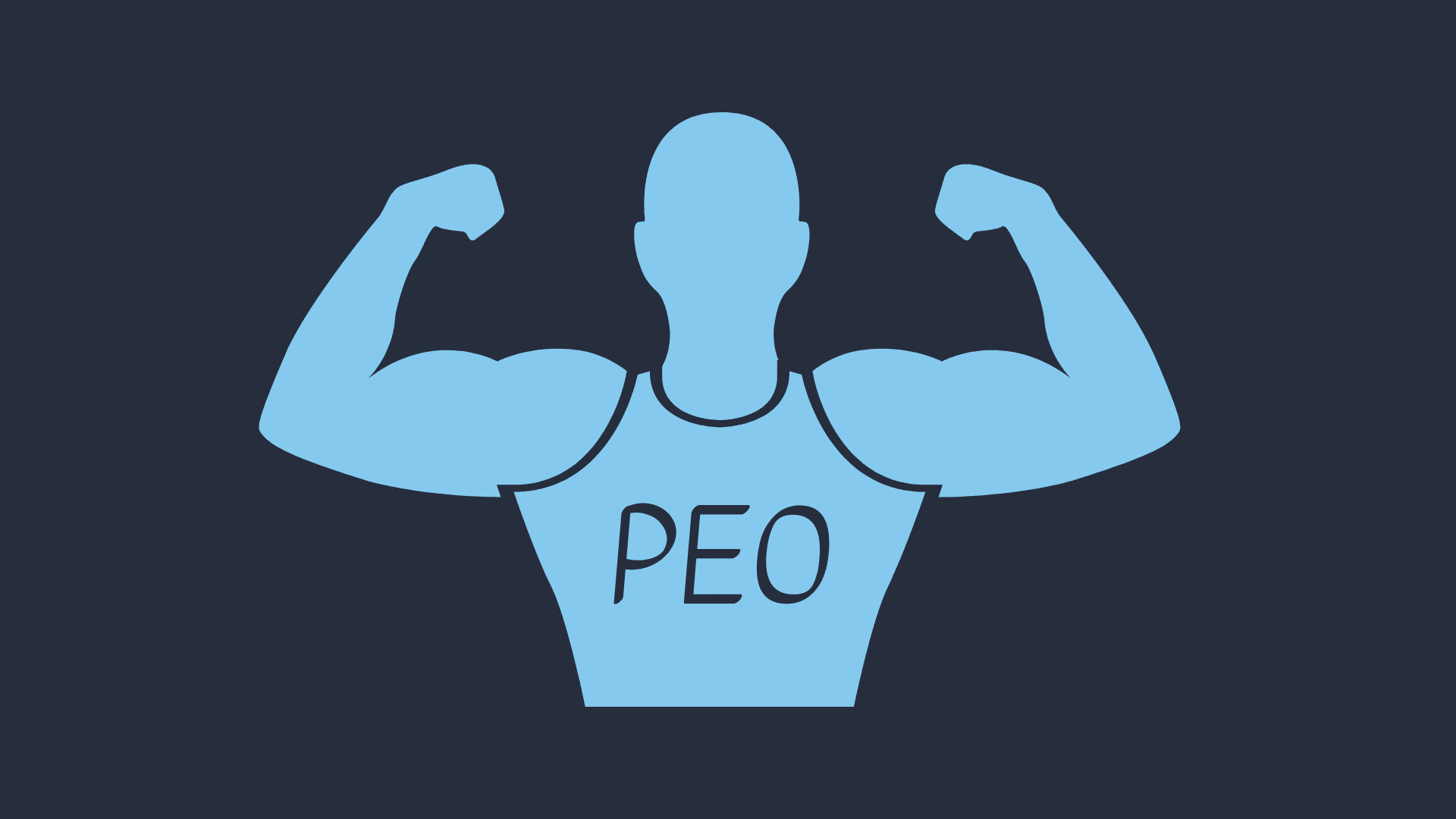Using a PEO? Why it could make the difference between survival and thrival for your Small Business

The Failure Rate of SMBs isn’t as HIgh as You Think
Have you heard that 8 out of 10 small businesses fail in the first 18 months?
It’s complete bunk!
If you have lost sleep over this widely quoted statistic, just rest assured that 75% of all statistics are made up on the spot . . .
All joking aside, the first known record of this “fact” was published in a 2013 Forbes article that referenced a Bloomberg study. Incidentally, that does not exist. Or, at least it is not published- which is the same thing as not existing in the world of studies.
Let’s give Forbes the benefit of doubt. . . maybe they were including every lemonade stand and business idea in their business statistics.
The good news?
Survival rates among SMBs are much, much higher!
According to the Bureau of Labor Statistics, 80% of small businesses with employees will survive the first year! 50% will survive 5 years. 30% will survive for 10 years.
PEOs Reduce the Amount of Employee Turnover!
Businesses who use a PEO (Professional Employer Organization) have an employee turnover rate that is 10-14% lower each year than that of comparable companies.
If your business has 10 employees, that means you will lose 1-2 employees each year. You will lose between 2 and 3 employees a year if you employ 20 workers.
Yet, did you know. . .
Small business employers that use a PEO have a 10-14% reduction in employee turnover.
The overall employee turnover rate in the USA was approximately 42% per year*.
Employee turnover is 28-32% for companies that use a Professional Employee Organization for at least four quarters.
Think that doesn’t make a huge difference?
Executives of SMBs with PEOs focus more of their energy and attention on their core business that executives of SMBs without a PEO.
That makes a substantial business on the growth of the business because executives are pulled away for administrative tasks. This inhibits them from growing the business as much.
And,
Consider the savings for an SMB with lower employee turnover.
The Cost of Employee Turnover
How much does one employee turnover cost you as an employer?
First, let’s look at a hypothetical cost of an employee, Susan. She earns $22,500 a year in an annual salary.
How much will it cost you to replace Susan when she leaves?
According to SHRM, replacing an employee can cost as high as 50%-60% of the employee’s salary!
That’s not all!
The total cost of turnover usually lands between 90% – 200% of the annual salary of the employee.
That is a substantial cost to small businesses!
That means that it will cost you between $11,500 – $13,501 to replace Suan. The total cost of her turnover will cost you between $20,251 – $45,004!
Employee Turnover Costs Employers In Many Ways
That’s because employee turnover costs include the cost of separation. Separation and recruitment costs include:
- Exit interviews, severance pay, and higher unemployment taxes
- The cost to temporarily cover an employee’s duties
- Recruitment Costs: advertising, agency fees, screening applicants, physicals or drug testing, interviewing, background checks, hiring bonuses, applicant travel and reimbursement
- Training costs: orientation, classroom training, certifications, on-the-job training, uniforms & training literature
In addition, an employer bears indirect costs of employee turnover such as:
- Lost productivity as the departing employee spends last time interviewing, writing resumes, on exit interviews and with reduced employee morale
- Lost productivity due to temporary employees
- Lost productivity from assigning additional work to existing employees
- Costs incurred and lost productivity from the training of the new employee
- Reduced morale
- Lost institutional knowledge, i.e. wisdom withdrawal, and lost clients
Businesses that Use a PEO are Twice as Likely to Succeed as an SMB with a PEO!
Would you like to double the odds of your business success?
Did you know that one difference drops the changes of business failure each year for a small business?
Guess what it is. . .
Using a Professional Employee Organization. (PEO)
That’s it.
Businesses who use a PEO have a higher rate of growth!
Did you know:
SMBs with a PEO have a 7% – 9% Higher rate of growth! That’s measured by the employee growth of small and medium-sized businesses from year to year. Employment at a PEO company is 7% higher than in employment elsewhere.
But that’s not all. . .
If your business uses a PEO, it is twice as likely to succeed as if it doesn’t.
That’s based on a study that showed that small business employers using a PEO are 50% less likely to permanently go out of business than a similar company.
Wow!
The overall private business fail rate in the United States is 8% each year. That is for all businesses, regardless of size and tenure in business.
Private businesses who use a PEO have an annual fail rate of between 2.1% and 4% each year. The industries for whom PEOs made the largest differences (more than doubling the success rate) include those employers in the professional, scientific, and technical fields.
Top Impact of a PEO to a Small Business
People represent a critical competitive advantage, especially for your small business. Your employee, their skills, knowledge, and creativity represent a vital asset that your business depends on.
It makes the difference in your competitive advantage.
You probably already know that!
But, do you know how a PEO makes a difference?
PEO employers are able to offer better benefits to their employees. They offer a wider selection of employee services.
And,
They do it more efficiently than a small business struggling to compete on their own.
Even bare-bones HR and Payroll tasks take up valuable time away from business growth. Often in a small business, that time and energy are taken from the key executives other (more profitable) activities.
In addition, those activities are often fraught with employment regulations and associated penalties. The cost of breaking a labor law regarding payroll, a DOL rule, or a local sick leave law (to name a few) is costly and often runs into the 10s of thousands!
Conclusion
Turnover is more costly and harms small businesses more than it does larger employers. Departing employees are more likely to be the only ones who hold key knowledge.
There are fewer employees to cover the tasks and work void left by the departing employee and the turnover costs comprise a larger percentage of the SMBs overall budget.
Employers who use a Professional Employee Organization cut employee turnover by over 10%! These small businesses have ½ the failure rate of other similar small businesses without a PEO.
Written by Annemaria Duran. Last updated September 11, 2018
Simplify HR management today.
Simplify HR management today.
How Improving Candidate Engagement Influences the Hiring Process
Applicants invest considerable time, effort, and thought into their job applications. Regrettably, it’s all too common for employers to delay responses, with some failing to provide any follow-up whatsoever. Such practices can have a negative effect on the candidate experience, influencing your organization’s hiring efficiency and reputation. Ensuring a positive experience for candidates is crucial…
Read More9 Best Receipt Apps for Small Businesses and Freelancers in 2024
As a business owner or freelancer, you’re spinning many plates at once. You’re keeping up with payroll, making pitches, nurturing your email marketing funnel, and much more. All to maintain and grow your business. The last thing you need is to panic each month as you look for receipts at expense report time. Administrative work…
Read More




